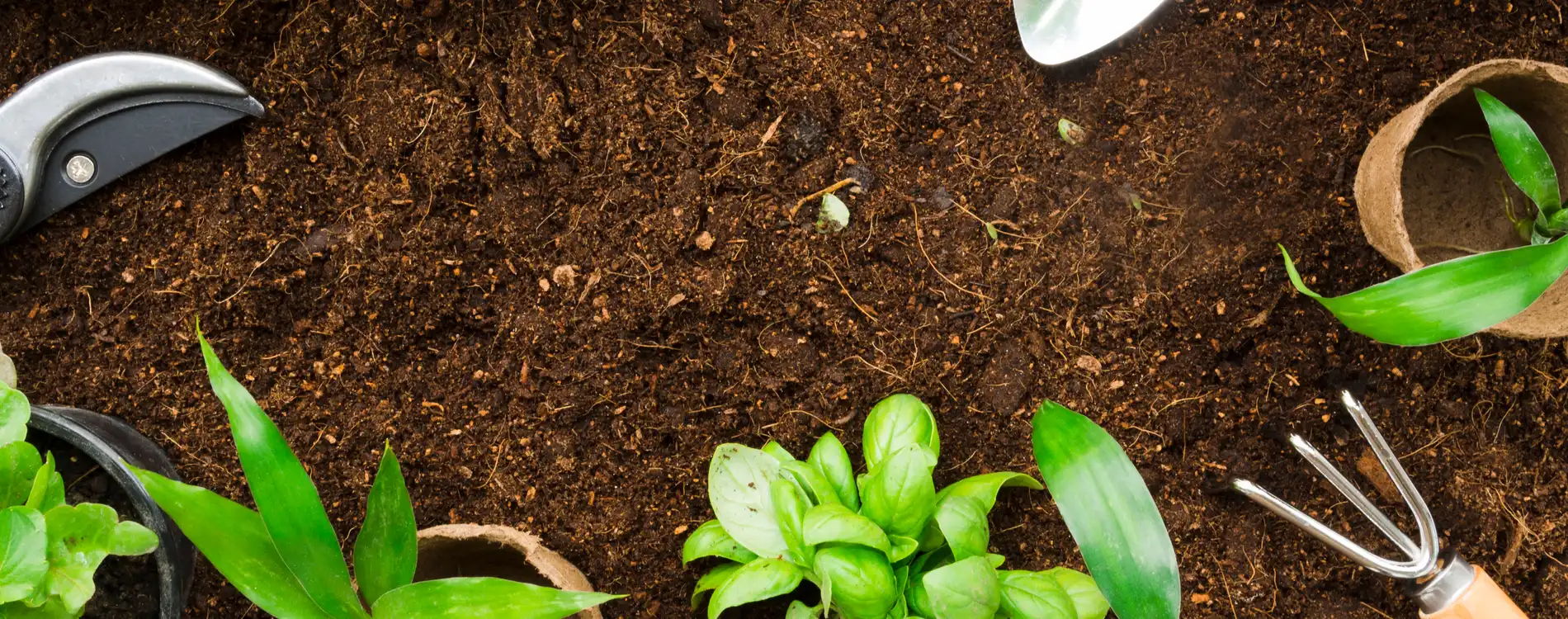Published on April 03, 2020Updated on June 19, 2023
Spring has finally come, which means it’s the perfect time to start growing some vegetables in your garden or balcony. Even when you’re cooped up at home, there’s nothing to keep you from rolling up your sleeves for a bit. Anyone who’s ever grown vegetables will tell you that it’s a great way to overcome boredom and destress. Here are four handy tips from Pascal Garrigues, Head of the Beach Club at Monte-Carlo Beach, for creating your own vegetable garden.
Tip no. 1 - Location and layout
Pascal Garrigues: Choose the sunniest spot in your garden, on a flat surface or a slight incline. Make sure it’s close to home and easy to reach, with a water source nearby for watering. Plants need at least 6 hours of daily sunlight in order to grow. Once you’ve found the right spot, grab a pencil and a sheet of paper and sketch down the layout for your garden. For my part, I’ve created 1.2 m raised strips bordered by wooden planks, which should be room enough for two rows of vegetables. In between, I’ve inserted 60 cm walking paths for monitoring and upkeep. Now decide on the type and quantity of vegetables you’re going to plant. You’ll need to leave 70 cm between seedlings and about 50 to 60 cm between rows.

Tip no. 2 - Prepping the soil and watering
P.G.: Ideally, you should turn over the soil in autumn. Use soil amendments such as organic matter, humus, compost or horse manure. Once spring comes, make sure to plough before planting.
A light, humus-rich soil will allow the roots to grow and give you a good harvest. For watering, I’ve opted for a trickle irrigation system, which uses less water. The system is programmable, which will make your life easier and ensure your plants get regular, daily watering.
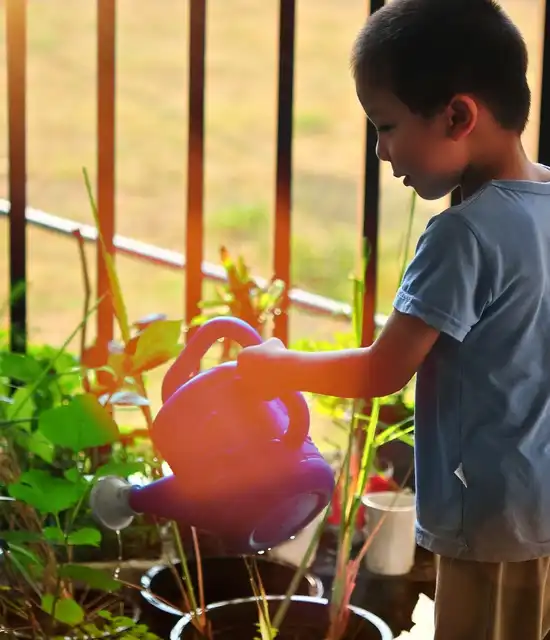
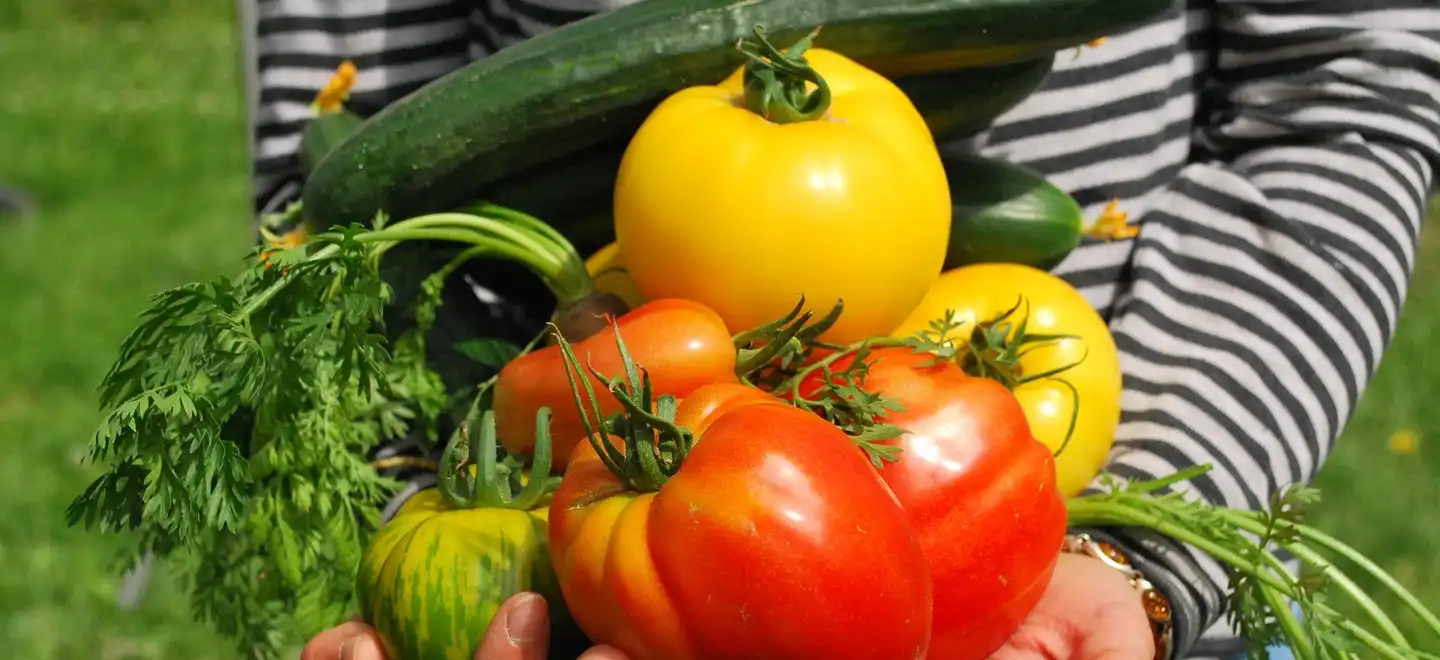
Tip no. 3 - What to grow and when
P.G.: Plant your crops in different seasons so that you can harvest your vegetables all year long. For a spring harvest, sow your broad beans and peas in early autumn, and strawberries in November. Early March is when you should transplant your lettuce, greens, spinach, chards and scallions.
In early May, once the soil has reached 15°, you can plant anything: tomatoes, courgettes, aubergines, peppers, melons, beans. Replant your basil sprouts between the rows of tomatoes, as they don’t like direct sunlight and will protect the tomatoes from pests.
At the end of August, plant cabbages and leeks for a winter harvest, and artichokes for late March/early April.
Tip no. 4 - Upkeep and mulching
P.G.: There are two types of mulching: organic mulching, which often uses straw, or mineral mulching, which uses plastic sheets or geotextiles. I’ve covered the ground with fabric mulch, which prevents the spread of weeds and keeps the soil fresh. There’s no disadvantage if you opt not to mulch, you’ll just have to weed and water the garden more frequently.
Vegetables put an intense strain on the soil and deplete it of nutrients. This means you’ll have to add fertiliser regularly to ensure that the soil can feed the plants. Make sure to use an organic fertiliser, which will last longer and more consistently, rather than a chemical fertiliser, which won’t add any organic matter and will damage the soil.
Next, to stake the vegetables, I use reeds gathered from around my home. Press them into the ground before transplanting the seedlings.
Always water the base of the vegetables instead of the leaves, in order to prevent any diseases from developing.
Keep an eye on your plants: as soon as you see any unwanted insects, get rid of them.
I make my own insecticide from water, soft soap and rapeseed oil, which I spray on the infested plants. Be sure to hose off the insecticide after 30 minutes; the asphyxiated insects will then fall to the ground.
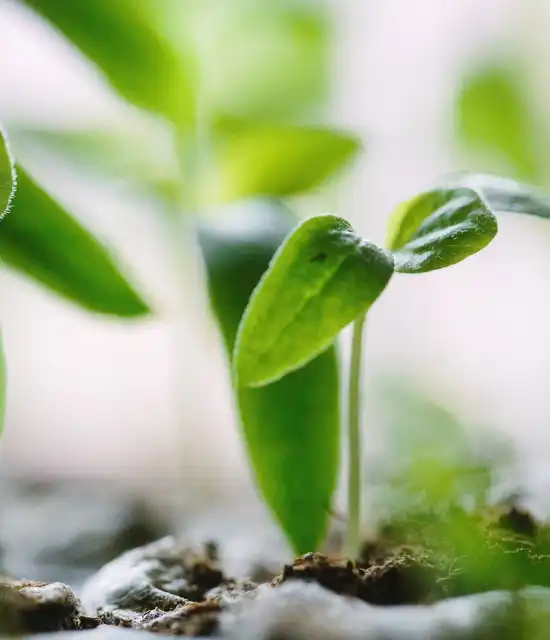
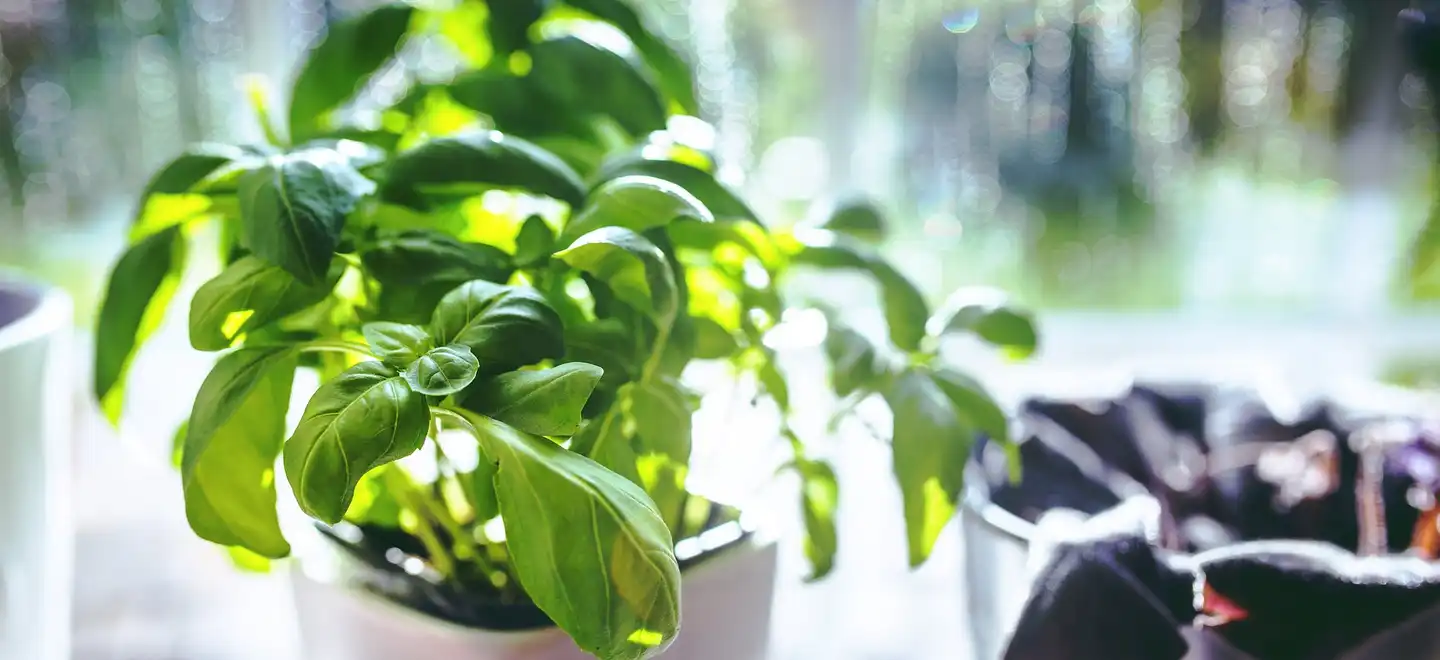
What to do if you don’t have a garden outside
P.G.: If you don’t have a garden to work with outside, you can create a vegetable garden right on your balcony. There are vegetable garden kits that you can buy, which generally come with square wooden bins lined with a waterproof canvas.
To set it up, deposit some pozzolana at the bottom of the bin (pozzolana is a kind of gravel made from volcanic rock, which will help with drainage). Fill it with at least 30 cm of a humus/compost mixture.
Now you can plant anything you want: strawberries, herbs, tomatoes, aubergines, lettuce—the choice is yours. Just like with an outdoor garden, make sure to plan your layout. Climbing plants like tomatoes and aubergines will be transplanted to the back of the bin, so that they don’t block the sunlight from the smaller plants.
When transplanting, put a bit of organic fertiliser at the bottom of the hole—it will feed the plants as they grow. Keep an eye on how damp the substrate is... frequent watering is essential. You might try a trickle irrigation system, which is programmable.
So, if you think you can devote just a small bit of attention every day, go ahead and give it a try.
It’s up to you!
Feel free to share your lovely gardens with us on social media, by using the tag @montecarlosbm.
We’ll reshare our favourite ones!
You might also like…
Pierre Boulez: Celebrating 100 years of modern music in Printemps des Arts Monte-Carlo
For this new edition ahead of the classical music festival, Bruno Mantovani explores the music of this visionary composer, conductor and teacher.

Belle Époque by Bon Entendeur curates the Maona Monte-Carlo’s playlists
Our new summer destination, Maona Monte-Carlo, prepares to reinvent the light and carefree times of the Dolce Vita of the 1960s Riviera. Bon Entendeur came to soak up its glamorous and deliciously retro atmosphere and prepare elegant and fun bespoke playlists for the summer nights.

Interview with Gérard Veyrat de Lachenal, 'Mr Wine’ at the Monte-Carlo Bay Hotel & Resort
Discover our interview with the famous head sommelier of the Blue Bay, the gastronomic restaurant of the Monte-Carlo Bay Hotel & Resort in Monaco.

